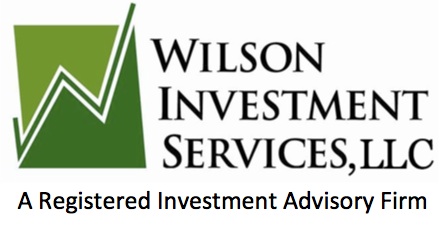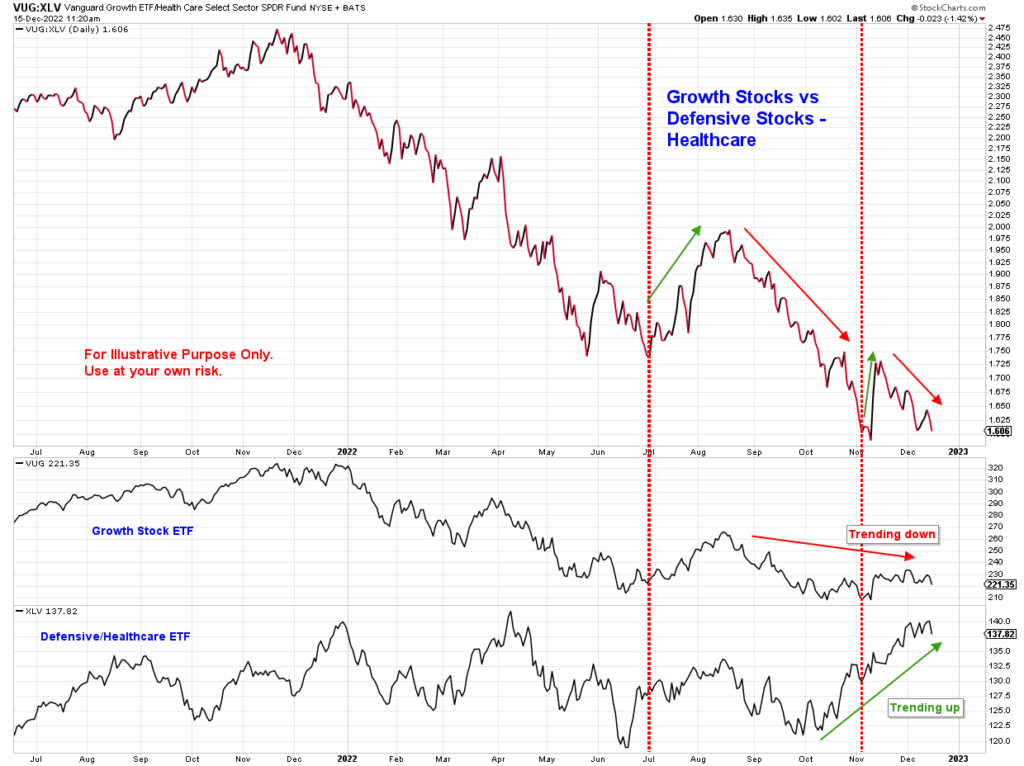Federal Reserve December Meeting
As expected, The Federal Reserve raised short-term interest rates Wednesday by 0.50%, which brings the rate to around 4.5%. In the statement accompanying the move, Federal Reserve Chairman Jerome Powell’s use of the phrase “ongoing increases” suggests more rate hikes are coming in 2023.
Wednesday’s rate increase did mark a slowdown from the Fed’s recent rate hikes, as rates were raised by 75 basis points at each of its past four policy meetings.
The same day, the Fed also published new economic forecasts that show officials now see benchmark interest rates peaking at 5.1% to 5.4% in 2023, indicating at least one more 0.50% rate increase coming—maybe more. But in September they were projecting rates to top out at 4.6% in 2023. So, their projections are only good until they change their minds, which suggests The Fed is struggling to get a sense of what is happening with inflation. Much like the American consumer.
Beyond 2023, The Fed’s outlook for the fund’s rate projects to 4.1% in 2024 (rate cuts) and 3.1% (rate cuts) in 2025. Expect rates to go higher before they start coming down.
Consumer Price Index
The Consumer Price Index number, which excludes the more volatile food and energy components, was released this week and showed CPI rose 0.2% month-on-month in November, down from 0.3% in October and 0.6% in September and August. “The inflation data received so far for October and November shows a welcome reduction in the monthly pace of price increases,” Powell said. “But it will take substantially more evidence to give confidence that inflation is on a sustained downward path.” The evidence he seeks, besides reduction in prices, is decreased wages for workers. Which then shows up in a higher rate of unemployment.
Unemployment Rate
The Fed chairman and its officials also see unemployment rising to 4.6% next year—up from the current rate of 3.7%—and remaining at that level through 2024. The Fed is not only concerned with the inflation of consumer prices for goods but also inflation in wages. Especially in labor-intensive service sectors. So how do you cool down wage inflation? You have to drive up unemployment, which has historically resulted in a recession. Granted, many economists and bankers think the U.S. is already in a recession. A recession means corporate earnings will be lower which means stock prices will also be lower. Higher rates cause employers to freeze salaries, institute layoffs, and stop hiring new workers.
Market Reactions
In my last commentary, I mentioned that the markets were expecting a 0.50% increase in rates but were also hoping The Fed would pivot and provide more dovish comments in regards to 2023. The rate increase happened as expected, but the comments were much more hawkish as the Fed still sees higher inflation risks. Chairman Powell commented on Wednesday, “Over the course of the year, we have taken forceful actions to tighten the stance of monetary policy. We have covered a lot of ground, and the full effects of our rapid tightening so far are yet to be felt. Even so, we have more work to do.” So how are the markets likely to react?
One way to see what the market thinks might be happening is by comparing growth stocks, which tend to be popular during early and growth phases of a business cycle, to defensive stocks which are more popular during recessionary times. To do this let’s use the Vanguard growth ETF VUG, and the defensive Healthcare Sector SPDR ETF, XLV.
I have set up the chart below to compare these two ETFs. The first line is the comparison of VUG:XLV, the second line is VUG only, and the third line is XLV only. If the first price line is increasing, that means that the growth ETF is outperforming the healthcare ETF; and, if the price line is decreasing, that means the healthcare ETF is outperforming the growth ETF.
As you can see with the first line, since the middle of August, the price line is primarily trending down. To answer our question how the markets will react?, defensive stocks have outperformed growth stocks significantly during this time frame. The second line shows the downward trend in growth stocks, and the third line displays the upward trend in defensive stocks since October. So, while the markets were hoping for a dovish pivot from the Fed in the December meeting, they were preparing for a recession in 2023.
Will There Be a Recession in 2023?
Based on Fed policies and their comments along with the market reaction, the probability that there will be a recession in 2023 is likely. If so, how severe will it be? I don’t have the answers to that yet, but staying flexible and keeping an open mind is key. Downturns and recessions are the opportunities that can set up investors for solid long-term returns in their portfolios.
This post is for informational purposes only. It is not intended as investment advice as each person’s financial situation is different. I strongly recommend working with a financial advisor who can deliver current information to you quickly and offer help with sorting through the various investing options.


Recent Comments